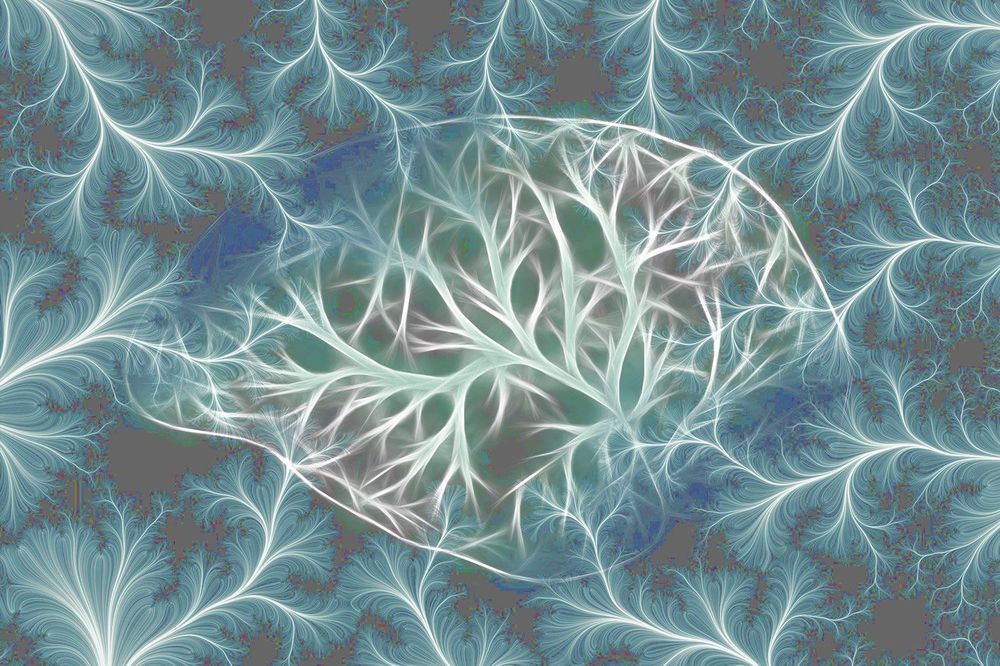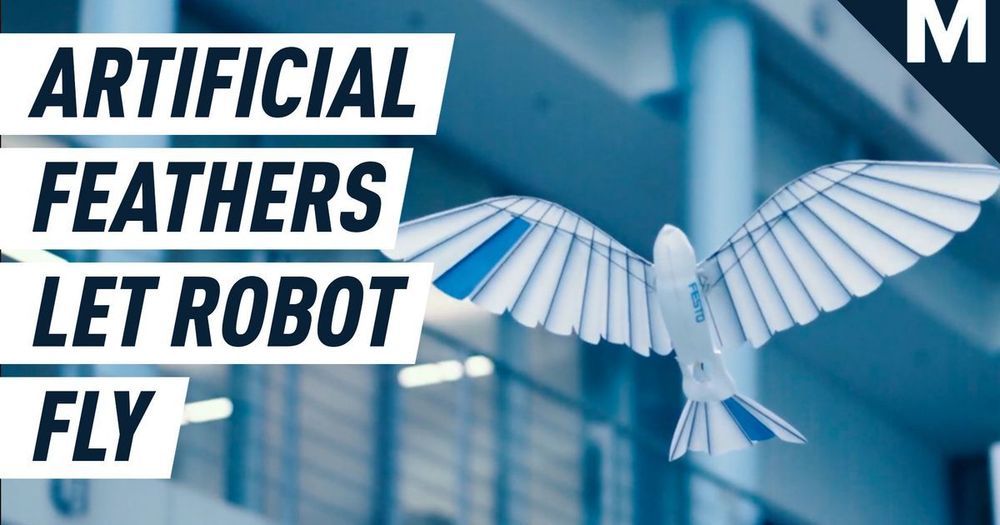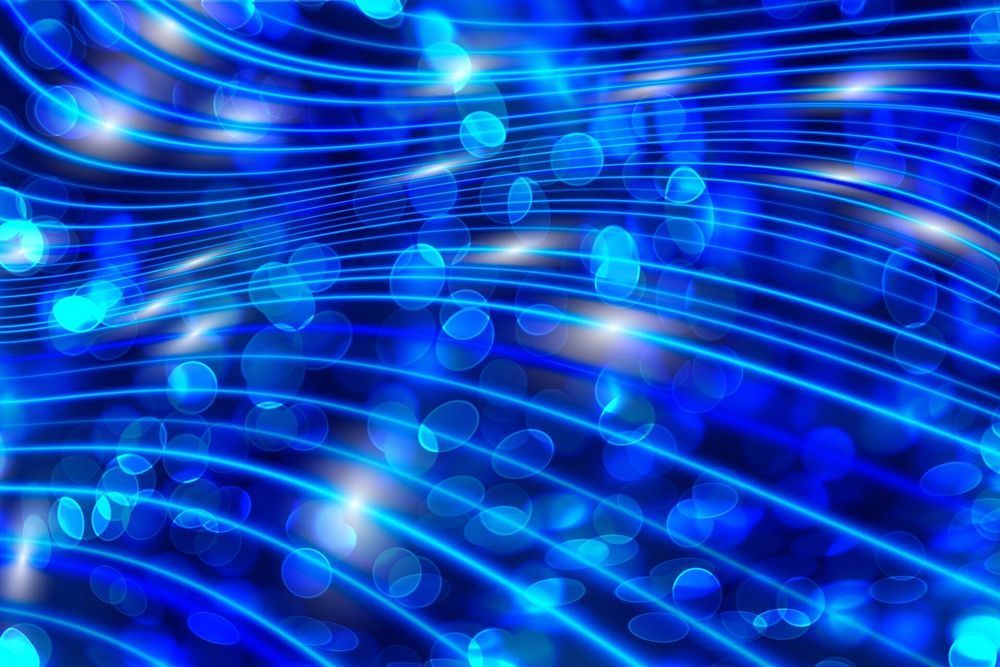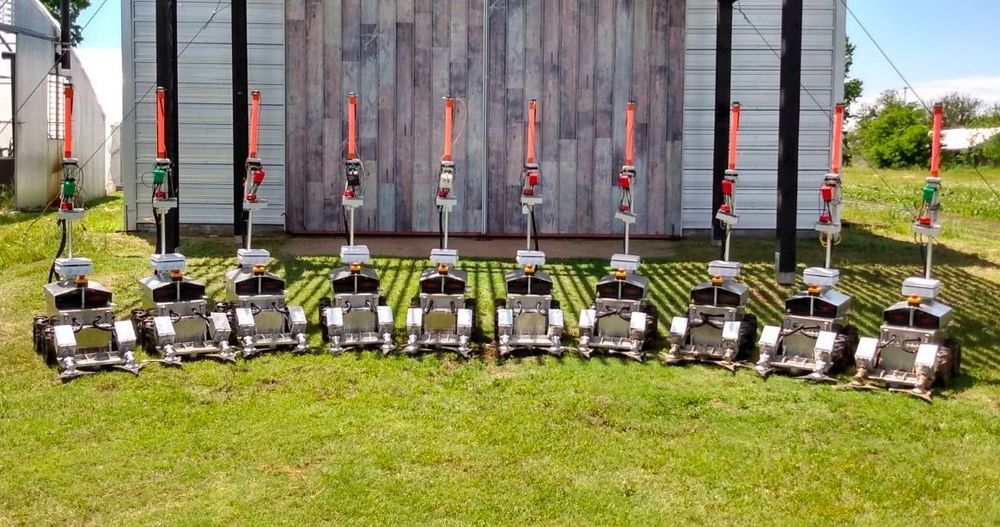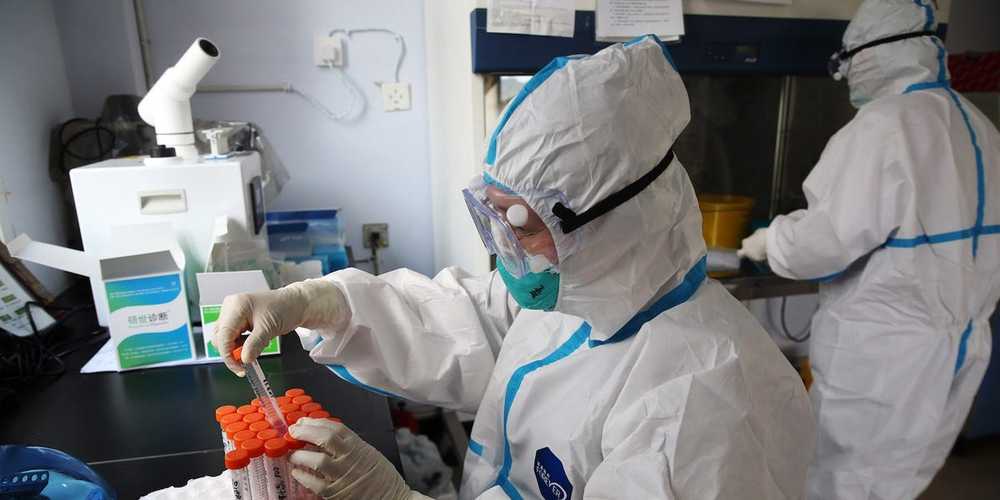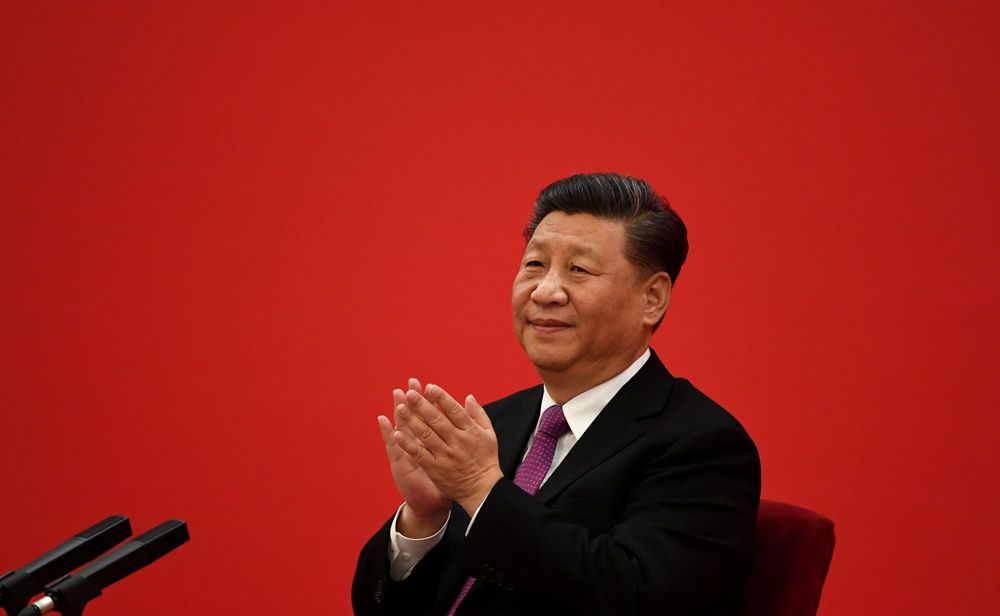Jul 7, 2020
The Electrified Brain
Posted by Genevieve Klien in categories: biotech/medical, neuroscience
Summary: Targeted deep brain stimulation may help treat obsessive-compulsive disorder.
Source: Charite
A group of researchers from Charité – Universitätsmedizin Berlin have further refined the use of deep brain stimulation in the treatment of obsessive-compulsive disorder. By accurately localizing electrode placement in the brains of patients, the researchers were able to identify a fiber tract which is associated with the best clinical outcomes following deep brain stimulation. The researchers’ findings, which have been published in Nature Communications, may be used to improve the treatment of obsessive-compulsive disorder.
